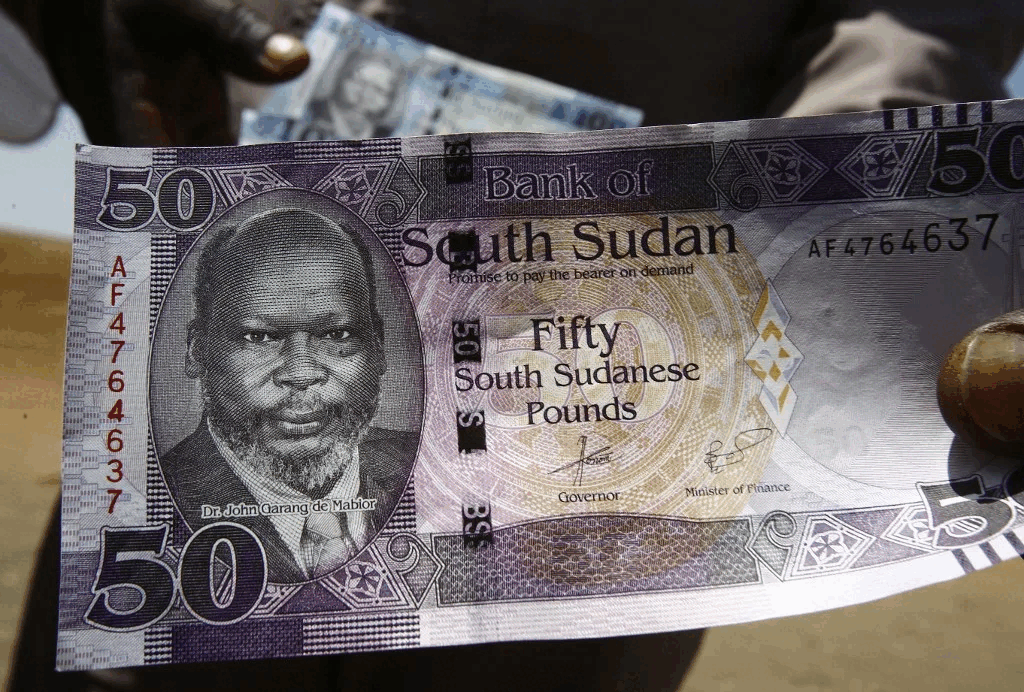
The Challenge of Counterfeit Currency in South Sudan
Counterfeit currency has emerged as a significant challenge in South Sudan, affecting both businesses and individuals across the nation. The circulation of fake banknotes not only undermines the economy but also poses risks to those who unwittingly receive or use them. Let’s delve into the impact of counterfeit in South Sudan and what measures can be taken to address this issue.
The Pervasive Issue:
In South Sudan, counterfeit has become increasingly prevalent, with fake banknotes entering the circulation alongside genuine ones. This illicit practice has detrimental effects on the country’s financial stability and undermines trust in the local currency, the South Sudanese Pound.
Impact on Businesses:
Businesses, especially small-scale enterprises, bear the brunt of counterfeit currency. Accepting fake money can result in significant financial losses, disrupt operations, and erode the credibility of businesses. From market vendors to larger establishments, the risk of unknowingly accepting counterfeit banknotes is a pressing concern.
Risks to Individuals:
Ordinary citizens in South Sudan are also vulnerable to encountering counterfeit in their daily transactions. Whether receiving change at a market or conducting business, individuals may unknowingly accept fake banknotes. This not only jeopardizes their hard-earned money but also diminishes their purchasing power.
Identifying Counterfeit Currency:
It is crucial for businesses and individuals to be vigilant and able to identify counterfeit currency. Here are some key features to look out for:
- Security Features: Genuine South Sudanese Pound banknotes come with specific security features such as watermarks, security threads, and holograms. These features are designed to deter counterfeiting and should be present on authentic notes.
- Paper Quality: Counterfeit banknotes often feel different in texture and weight compared to genuine ones. Authentic South Sudanese Pound notes are printed on high-quality paper with a distinct feel.
- Printing Quality: Look for sharp, clear printing on genuine banknotes. Counterfeit notes may have blurred or smudged printing, especially around fine details and edges.
- Color and Design: Pay attention to the colors and overall design of the banknote. Counterfeit currency often lacks the fine details and vibrant colors of genuine notes.
Reporting Suspected Cases:
If you suspect that you have come across counterfeit currency in South Sudan, here’s what you should do:
- Do Not Circulate: Refrain from using or passing on the suspected fake money to prevent its further circulation.
- Report to Authorities: Contact the Bank of South Sudan or local law enforcement to report the counterfeit currency. They have specialized units to handle such cases and investigate counterfeit money operations.
Public Awareness and Education:
Raising public awareness about counterfeit currency is essential in South Sudan. Educational campaigns and workshops can help residents and businesses recognize the signs of fake money. By staying informed and vigilant, we can collectively combat the circulation of counterfeit currency and protect the integrity of South Sudan’s financial system.
Conclusion:
<p>Counterfeit currency poses a significant threat in South Sudan, impacting businesses, individuals, and the economy as a whole. By familiarizing ourselves with the security features of genuine banknotes and promptly reporting suspected cases, we can work towards a more secure financial environment. Let’s join hands to address the issue of counterfeit currency and safeguard the financial integrity of South Sudan.
